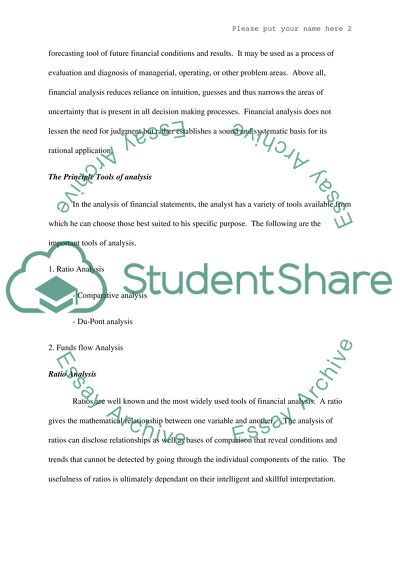Cite this document
(An Insight into Financial Statements and Management Case Study, n.d.)
An Insight into Financial Statements and Management Case Study. Retrieved from https://studentshare.org/finance-accounting/1507022-ratio-analysis-essay
An Insight into Financial Statements and Management Case Study. Retrieved from https://studentshare.org/finance-accounting/1507022-ratio-analysis-essay
(An Insight into Financial Statements and Management Case Study)
An Insight into Financial Statements and Management Case Study. https://studentshare.org/finance-accounting/1507022-ratio-analysis-essay.
An Insight into Financial Statements and Management Case Study. https://studentshare.org/finance-accounting/1507022-ratio-analysis-essay.
“An Insight into Financial Statements and Management Case Study”, n.d. https://studentshare.org/finance-accounting/1507022-ratio-analysis-essay.


